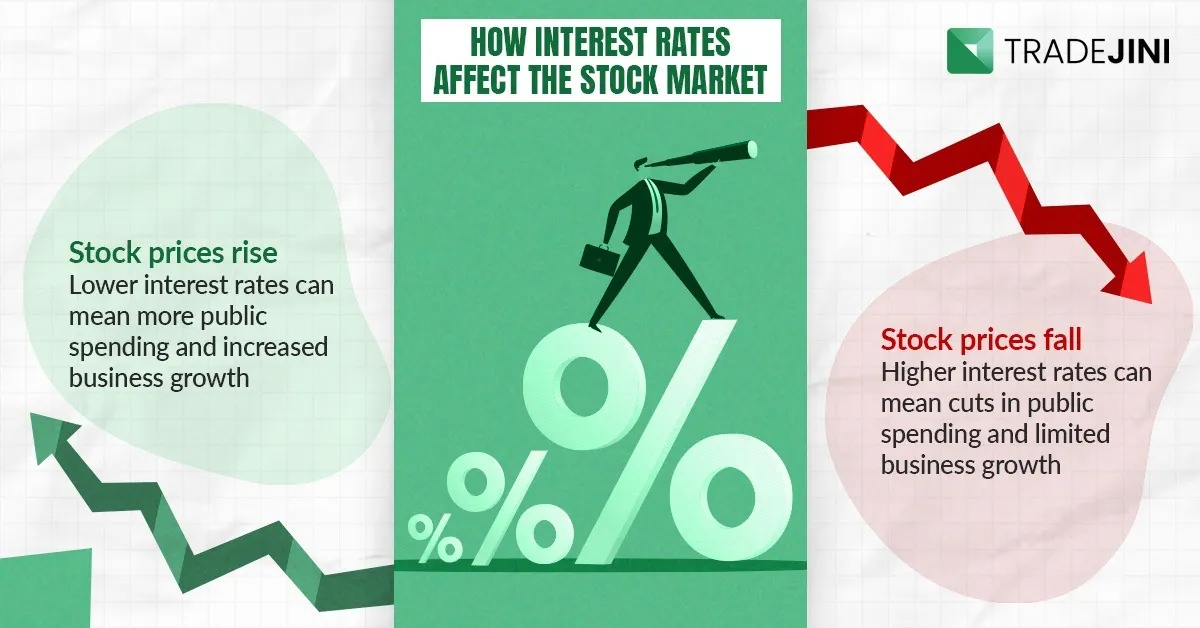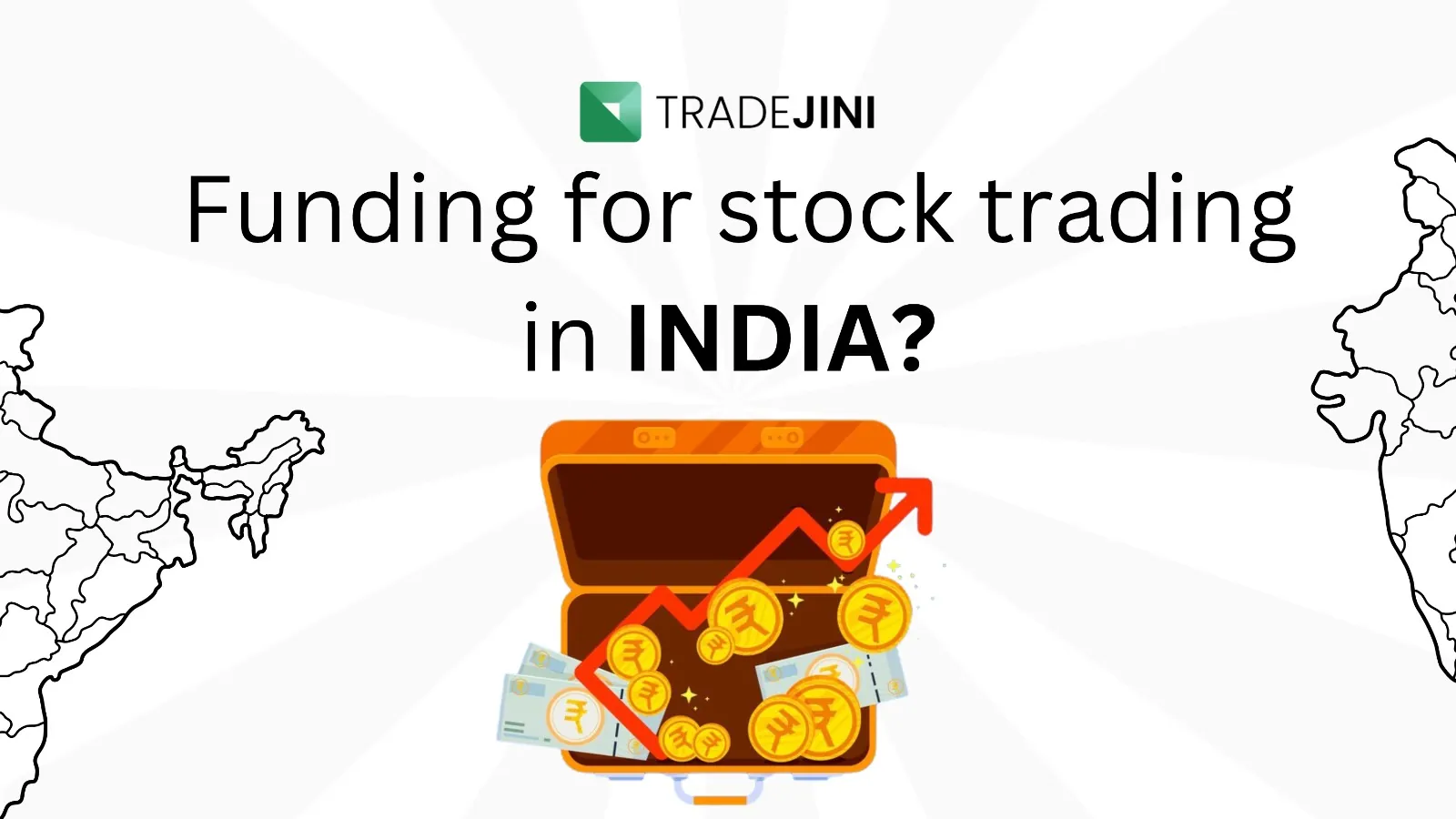"Interest rates power everything in the economic universe"
- Warren Buffett
The US Federal Reserve's aggressive monetary tightening over the past year has raised the federal funds rate by more than five percentage points, ending a decade-long era of low interest rates and moderate inflation that favored risky assets. This shift has impacted various sectors, including a decrease in the value of risky assets and a slowdown in the housing market. The hike in interest rates has also led to a rise in the cost of imports and raw materials, contributing to higher inflation rates worldwide.
Understanding Interest Rates and Market Dynamics
Role of Central Banks:
Changes in interest rates can have both positive and negative effects on the markets. Central banks, such as the Federal Reserve in the US, adjust their target interest rates to manage economic activity, raising rates during economic strength and lowering them during economic slowdowns.
The Federal Funds Rate and its Ripple Effects:
The federal funds rate, set by the Fed, is a key interest rate influencing the entire economy. A change in this rate has immediate effects on the stock market, even though its widespread economic impact may take up to 12 months.
Interest Rates and Spending:
The Federal Reserve influences the federal funds rate to control inflation. Increasing the rate restricts the money supply, making money more expensive, while decreasing the rate boosts the money supply, encouraging spending.
Impact on Borrowing and Investment:
Interest rates influence borrowing costs. Lower rates make borrowing cheaper, leading to increased spending and investment by consumers, businesses, and farmers. Conversely, higher rates result in reduced spending and borrowing.
Interest Rates and Their Effects
Inflation and Recessions:
Rising interest rates can combat inflation by reducing spending, while falling rates can stimulate economic recovery. The Federal Reserve uses interest rates strategically to prevent runaway inflation and mitigate recession severity.
Stock and Bond Markets:
Rising interest rates increase the cost of capital for companies, potentially dampening growth prospects and stock prices. Bonds experience an inverse relationship with interest rates: as rates rise, bond prices fall, and vice versa.
The Interplay with Investments
Impact on Stock Performance:
Higher interest rates squeeze corporate profits, decrease the present value of businesses, and make less risky assets like cash and bonds more attractive. This dynamic affects stock prices and market performance.
Different Types of Stocks:
Growth stocks, reliant on future cash flows, are more sensitive to rising interest rates. Value stocks and defensive stocks tend to fare better during rate hikes. Cyclical stocks and high-debt companies may face challenges.
The Current Global Economic Landscape
Why are Interest Rates Rising?:
Central banks raise rates to combat inflation. While some maintain a hawkish stance, others, concerned about economic contractions, pause tightening cycles.
The Impact on Stock Markets:
Rising rates squeeze corporate profits, decrease the present value of businesses, and make less risky assets more attractive. The market's reaction depends on factors such as company type and economic conditions.
Conclusion
Interest rates are a powerful tool for central banks to manage inflation, but their tightening cycles often have repercussions on the stock market. Understanding these dynamics is crucial for investors to navigate and make informed decisions in a changing economic landscape.



